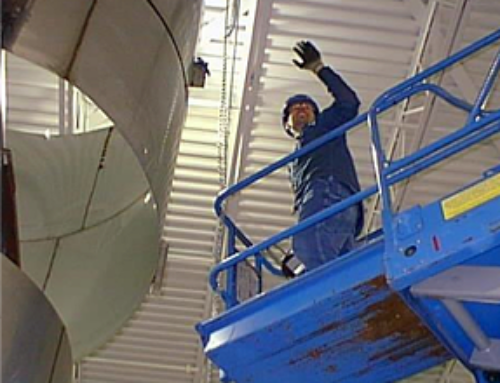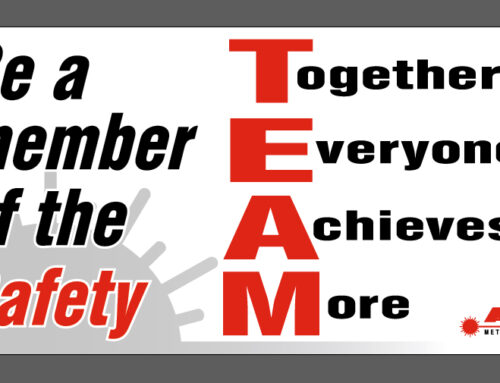There is an I in TEAM
Hazards of all kinds exist in the workplace. Determining what those hazards are and deciding how to protect from them are everyday challenges for employers. The first choice should be to control the hazard at its source, because eliminating or isolating it from the workplace altogether is the best solution. When the hazard cannot be eliminated or controlled, personal protective equipment (PPE) may be used to continue the work process. PPE should be considered as the last level of protection when other systems or techniques are not available or possible.
So who needs Personal Protective Equipment? How do you identify any potential hazards in the workplace? What kind of protection is required? Those questions aren’t the true conflict for employers. The challenge lies in getting the employees to understand the significance, the importance and the necessity for this equipment; not as an OSHA or employer requirement, but as a personal responsibility.
Employers have long been providing personal protective equipment to their employees for several reasons. Of course, OSHA mandates countless activities that require the use of PPE, but ultimately and most importantly, the employers genuinely want those skilled and experienced employees to take ownership of their PPE use.
Having an established PPE program is a must. This program should detail the procedures for selecting, providing and using any PPE as part of the employees operation. A written PPE program is easier to establish, evaluate and maintain as company policy. Once established, the decision on how to enforce PPE use, provide medical examinations (if needed) and evaluate your PPE program should include the following essential steps.
Once your program is established, employees must be trained on the proper use of their personal protective equipment. They need to be trained on why PPE is necessary, how the equipment will protect them, the limitations of the equipment, how to identify signs of wear, and how to clean/care for the equipment.
Then, sooner or later, we have to get to the heart of what motivates each employee. Maybe it’s family. Ask them how their family would be affected if they were to get injured. Would they be able to play with their children the way they used to? Perhaps, it’s a personal motivation. Would they be able to play golf after suffering an injury? Whatever the employee’s motivation, it’s the employer’s responsibility to discover that connection. Building personal relationships with your employee’s is the foundation for uncovering those key pieces of information and will always play integral part of the employee buy in.
With a little time and effort, eventually, getting the employee to take the responsibility to protect themselves for their own benefit, not the employers benefit, won’t always be a PPE mystery.
Aaron Wissen
Safety Resources, Inc.




